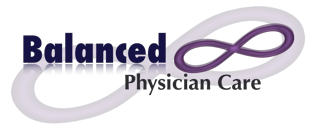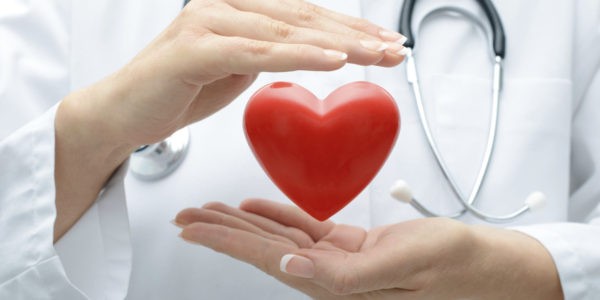Heart Health Risk
February is Heart Health Month. At hospitals across America you will see a host of "Red Dress" events raising awareness for the importance of heart health in women. Most of us may not realize that Cardiovascular Disease still remains the main cause of mortality among men and women.
However, what most women don't realize is that signs of a heart attack may be different in women than in men. Men will typically get a crushing, heavy chest pain in the front and middle area of the chest, but women can get a different type of pain. Pain in the upper stomach area that "may seem like heartburn" in fact be angina or heart pain. Pain that is also located middle of the back right behind the heart can also be a sign of chest pain.
So, how do you know?
If you have any concerns, go see your doctor right away, so they can help you to decide if you need to get your heart checked further with tests such as and ECG or Stress test. Having said this, there are several wellness markers you can evaluate today to get a good understanding of your personal risk.
1) Get Your Cholesterol Checked
2) Know Your Blood Pressure and eliminate cigarette smoke from your environment
3) Know not only your BMI, but your Waist to Hip Ratio
4) Evaluate how much salt you eat on a daily basis.
5) Ask your parents about your Family History. Who had a heart attack and how old were they?
6) Ask Your Doctor to Evaluate your Framingham Risk Score and know the number.
7) Consider getting your homocysteine and cardiac CRP levels checked.
8) Decide if advanced lipid testing is right for you.
Your cholesterol levels, blood pressure, age and smoking status are all used to calculate your Framingham Risk Score. This is one of the most popular scores that helps doctors to determine your 10-year risk of heart disease. We also know that an increased BMI (especially over 30) and an increased waist to hip ratio above 0.85 for women and above 0.90 for men {calculated as waist measurement divided by hip measurement (W ÷ H)} puts you at greater cardiovascular risk as well. Any family members who were diagnosed or had heart attacks before the age of 50, increases your risk. Reducing your intake of sodium below 2500 mg can help lower your blood pressure which is an independent risk factor for heart disease, so keeping tract of how much to take in on a regular basis will help you know your risk. Finally, there are some "advanced" blood tests that further help you to understand your risk.
Some of these are controversial, but worth considering.
Your homocysteine level and cardiac c-crp levels are markers for inflammation in your blood vessels and since one of the fundamentals of developing plaque in your arteries is inflammation, knowing your overall body inflammation may help you to assess your risk. Finally, medicine is finding that the "size" of your cholesterol particles is also important in determining your risk, so there are cholesterol panels available to check this; however, they can be expensive and may not change our recommendations for your treatment by much. Also, cholesterol particle size is largely due to your genetics, so before considering the test, ask yourself if knowing this information will motivate your to change your behavior or just make you more anxious.
Celebrate your heart this month. Take time to understand your heart and what it needs to keep you healthy.
If you feel like you need more information on how screenings exams and checkups can benefit your heart health then you owe it to yourself to contact us at Balanced Physician Care today (904-930-4774). Dr Sharyl Truty has the time to truly analysis your symptoms, find the root cause of your issues, and get you back on the path wellness.



March 5, 2017 @ 8:09 am
I’ve been surfing online for more than 3 hours nowadays,
yet I never discovered any fascinating article like yours.
It’s beautiful, worth enough for me. Personally, if all website owners
and bloggers made just right content as you probably did, the internet will probably be
much more useful than ever before. I couldn’t resist commenting.
Perfectly written! I really like it when individuals get together and share opinions.
Great site, stick with it!